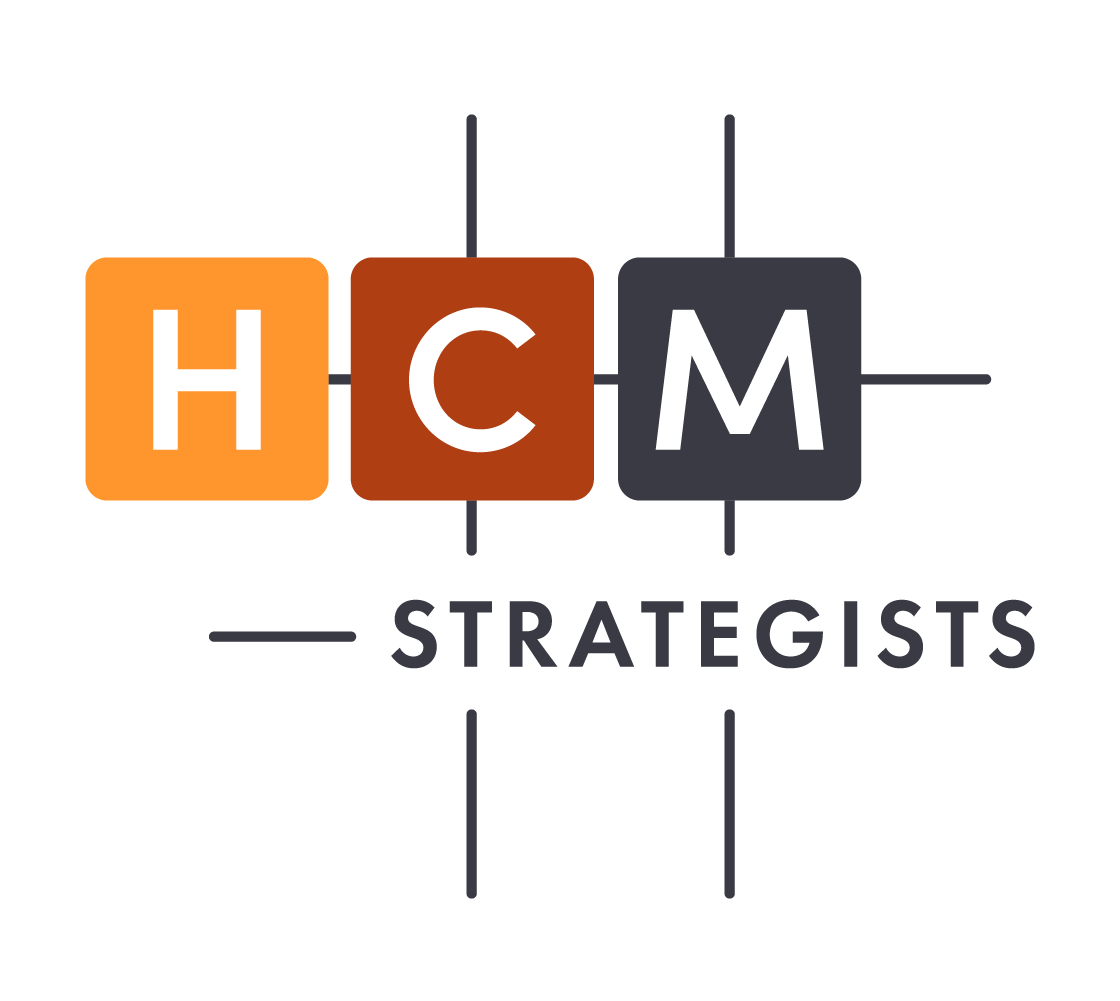The Economic Benefits of Closing Completion Gaps
Why boosting completion for students furthest from opportunity is a powerful economic strategy.
Disparities in college completion aren’t just unfair—they’re expensive. When students from low-income backgrounds, students of color, and students in under-resourced communities are less likely to complete degrees, the entire nation loses out in the form of lower earnings, reduced productivity, and lost tax revenue.
HCM’s newest brief: The Economic Benefits of Closing Postsecondary Completion Gaps uses national economic modeling to answer a critical question:
What would happen if we closed postsecondary completion gaps by 2040?
We’re excited to share our new analysis, together with economist Ernie Tedeschi from The Budget Lab at Yale University, exploring how closing college completion gaps for students furthest from opportunity can strengthen both individual economic mobility and the nation’s overall economic health. Using national economic modeling, the brief estimates the potential gains in earnings, productivity, and tax revenues if postsecondary completion gaps—especially in bachelor’s degree attainment—were closed by 2040 for students of different races/ethnicities, income levels, and geographic locales.
The findings make a clear case: addressing these gaps in postsecondary completion is not only a moral imperative, it’s a powerful economic strategy.
Read the full report to explore the data and learn where targeted action can have the biggest impact for modern learners and our nation’s economic vitality.
This report was authored by HCM Principal Julie Ajinkya, 2025 HCM Policy Fellow Rachel Rivas, and Ernie Tedeschi from The Budget Lab at Yale University.

